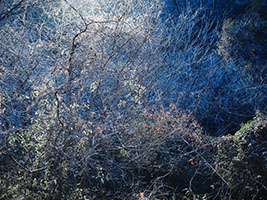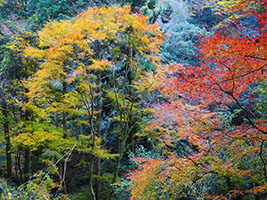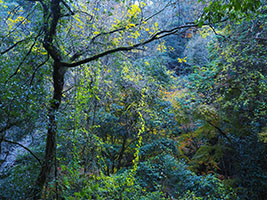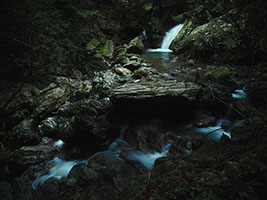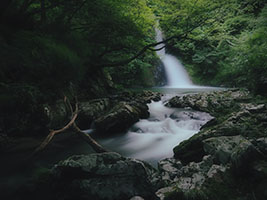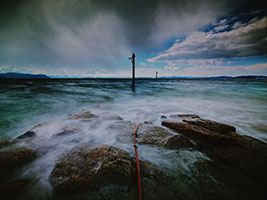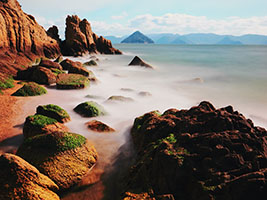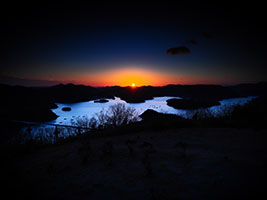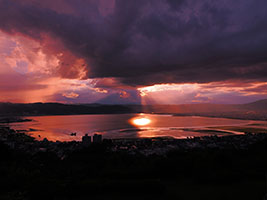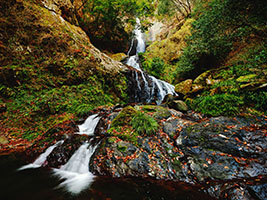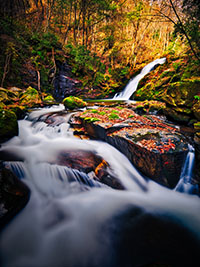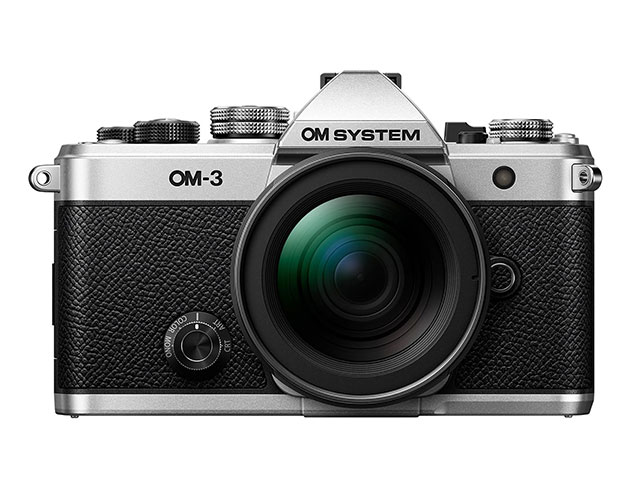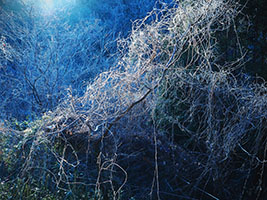
I took this picture of a wooded grove just a few minutes from my home. Picking up a camera transforms the scenery around me into endless subjects for photography. I used a Colour Profile that emphasises blue to give the image a wintery feel.
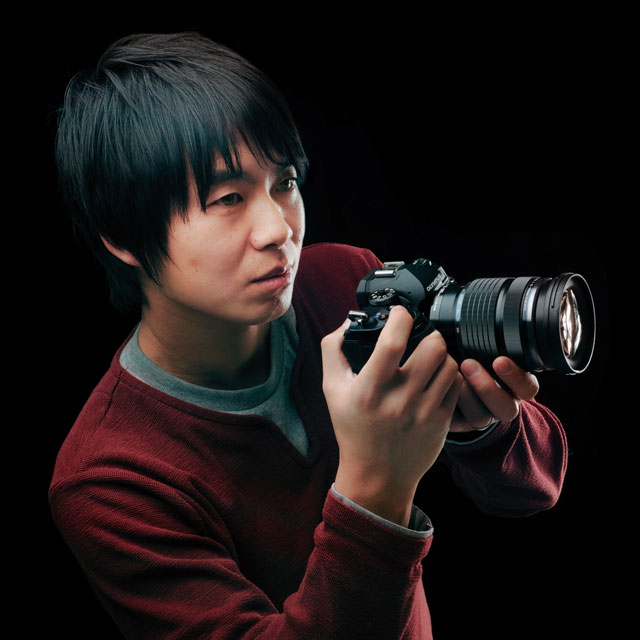
Takuma Kimura

Takuma KimuraJapan
Representative of Hachi Inc., a commercial photography and video production company based in Okayama Prefecture.
Worked at a local commercial photography studio in Okayama for 12 years before becoming an independent freelance photographer in 2018.
Founded Hachi Inc. in 2020. Works as a commercial photographer while also active as a photographic artist.
Continues to pursue his own unique worldview, unbound by the limits of the word “photography.”
Contributes to magazines and frequently appears as a lecturer at events and seminars hosted by camera manufacturers.
Authored Zukai de Wakaru Meisho no Torikata Season 2 (Season 2: Photographing Famous Places – A Pictorial Guide) up to the November 2024 edition of Digital Camera Magazine.
Notable publications include Zukai de Wakaru Meisho no Torikata (Photographing Famous Places – A Pictorial Guide) (Impress Books) and Fukei Shashin no 7 Pisu: Satsuei Imeji ga Hirameku Aidea Noto (Seven Landscape Photographs: A Notebook of Ideas for Capturing Inspiring Images) (Impress Books).

This is a camera that sticks by you
I travel far and wide to discover beautiful places beyond everyday life and capture them in photographs.
That’s one of the joys of photography. But there’s also pleasure in documenting the scenes around you—capturing the moments of everyday life.
My treasured OM-3 has the ability to transform the world around me into works of art.
Many people might think of a camera’s performance in terms of sensor specifications or sequential shooting speed. While the OM-3 has excellent technical performance, its design is also part of its ’spec’—it inspires a desire to create.
Although I don’t focus on any particular genre, I enjoy photographing familiar landscapes and ordinary scenes that people might not pay much attention to, turning them into artworks. Nature is always with me as a subject—whether it’s a waterfall, a river, a grove of trees, fallen leaves, or sunlight filtering through the woods.
The OM-3 is a wonderful partner, supporting the way I shoot.

Looking through the viewfinder to shoot
Since switching to primarily shooting with mirrorless cameras, I tend to look at the rear monitor with both eyes rather than using the viewfinder. The OM-3 follows in the design footsteps of the OM-1, a camera whose design was completed decades before the arrival of digital cameras, let alone mirrorless models. It’s no exaggeration to say the OM-3 was designed to be used with the viewfinder. In fact, I often use the viewfinder when shooting with the OM-3, and when I do, it feels as though I am confronting my subject in a more direct way than usual.

Choosing to enjoy shooting
Encountering the OM-3 has given me new choices. The design is far better suited to compact prime lenses than to zoom lenses.
Previously, I found that the best cameras for me were the OM-1 Mark II and the OM-5, combined with zoom lenses, but the OM-3 is the opposite.
In particular, standard-class prime lenses are compact, exceptionally well-balanced with the OM-3, and deliver excellent image quality.
Five prime lenses cover the range from 12mm to 75mm (24mm to 150mm in 35mm equivalent), all easy to use and brighter than F2.0.
The addition of two types of 17mm and 25mm lenses makes the line-up of standard lenses feel exquisite.
That said, the OM-3 isn’t a bad match for a zoom lens; you can pair it with a 12-100mm PRO without it losing balance.
A zoom lens is convenient when shooting video and stills at the same time, and if you want to shoot stills between video shots, a versatile lens like the 8-25mm PRO or 12-100mm PRO will cover your needs.

Wherever there is a photographer, there is a camera
Without a camera, a photographer cannot create any work.
For me, the most important thing is to have a camera in my hand at the very moment I want to take a shot.
A camera is like a second eye for a photographer—like a paintbrush for a painter.
As a camera you can carry with you everywhere, the OM-3 genuinely feels like a part of your body, and the expressive power of its functions allows you to capture truly vivid images.
It’s a curious camera—one that makes you want to keep taking pictures, of nature, cities, everyday life… all sorts of things.
When I first started taking pictures, I loved photographing everything, regardless of genre or subject.
Strangely, since making the OM-3 my companion, I’ve found myself wanting to photograph almost anything again, just like I did at the start.
The OM-3 has taken me back 20 years, to when I first began as a photographer, and it has reignited my passion for taking photos.


